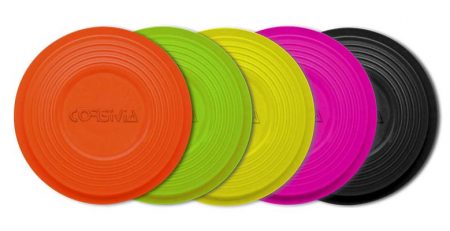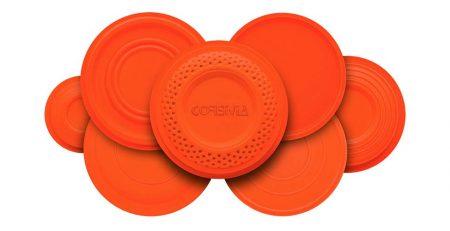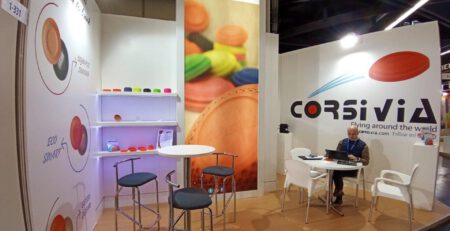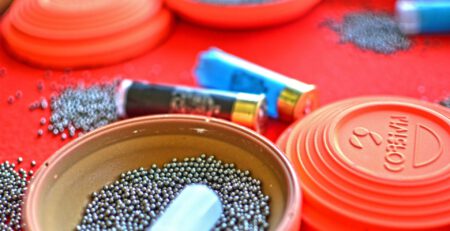THE ECONOMY AND THE RISING COST OF CLAY TARGETS
March 2022 marks two years since governments asked practically every European citizen to lockdown in their homes.
From then until now, we industrialists have been on a rollercoaster of emotions unlike anything we have experienced in the past few years.
The government’s recommendations in March 2020 that we should work from home were followed by the government shutting down all business activity in companies that are non-essential to the economy for a fortnight.
At that time, many companies were forced to carry out Temporary Redundancy Plans (ERTEs).
Those industries that chose not to implement them and saw their sales significantly reduced likely had to resort to ICO (Official Credit Institute) credits to finance the growth of their stocks. Incidentally, these credits are due to be repaid starting in April 2022, after the two-year grace period.
By mid-May 2020, it looked as if things were beginning to return to normal with the “phased de-escalation”, the lifting of the states of alarm, etc.
It was a mirage. By September 2020, the state of alarm was back in place.
And 2021 arrived and, as naturally as we had become accustomed to living with the health crisis, we began to deal with a weak economic climate during which we noted that:
- International supply chains were broken, with delays in international shipments and deliveries despite extravagant transport bills, particularly for maritime transport.
- Raw materials became scarce and expensive.
- Energy prices reached unprecedented levels.
In short, 2021 was characterised by COVID in combination with an easily bankrupt economic situation.
We left 2021 behind and moved into 2022 immersed in the sixth COVID wave. We dared to think that, with the rapid disappearance of the Omicron variant, our entire life (health and economy) would be back to normal.
On the contrary, although COVID is indeed evolving from pandemic to endemic, with the Russian army’s invasion of Ukraine, all of Europe is plunged into a humanitarian and economic crisis of still uncertain dimensions. Unrecognisable inflation and shortages of essential raw materials are once again affecting our way of life.
Everyone is talking about product shortages. Sunflower oil is just one example.
There is also a rumour among clay target shooters that there is a shortage of cartridges and clay targets.
So, is it true that there might be a lack of clay shooting targets on the market, and how did it come to this?
Yes, it’s true. Although Corsivia’s customers have a guaranteed supply of clay targets, there are several reasons for the reduction in supply:
- As we constantly hear on television, there is a shortage of raw materials and the few raw materials that do exist come at exorbitant prices. The manufacturing of clay shooting targets is no stranger to this reality.
- All industries have to process and therefore consume energy. It is common knowledge that consumers (domestic and industrial) are paying up to five or six times more for energy than they did in the past.
- The Russian army’s invasion of Ukraine is also creating supply difficulties in eastern countries, which exacerbates the above-mentioned situation.
- Supply chains, which had not fully recovered after the problems of 2021, are again being disrupted by both the invasion and fuel prices.
- But, in addition, the clay target manufacturing industry is suffering an additional crisis… Our industry is being forced to evolve from manufacturing with traditional binders to “new generation” ones, often environmentally friendly and much more difficult to handle, which is leading to the closure of some manufacturers.
THE TRUTH ABOUT ECOLOGICAL CLAY TARGETS
I would like to take this opportunity to say that, as much as clay targets manufacturers and shooters love to talk about “ecological clay targets”, there is very little regional, national and/or European legislation regulating environmentally friendly clay targets. Few people in the shooting world know how to be specific in this regard.
Sometimes I ask myself, does it make sense that we in the sector place “the noose around our own necks” by demanding ecological clay targets?
I don’t think so. We already have enough problems without putting even more pressure on ourselves to go green.
In any event, Corsivia has already done its “homework” and can now inform the market that its product lines Corsivia Innova, Corsivia Eco Smart and Corsivia Green Dream are eco-labelled product families certified by Bureau Veritas according to ISO 14021.
These are not easy times for any manufacturer. These are times for the bold and brave.
An industry colleague of mine recently posted on Facebook that “we are forced to face this unbelievable situation, and we apologize immediately to all our customers for the inconvenience caused by the sudden and significant changes in the financial terms that were agreed, but unfortunately, I would like to emphasize that IT’S NOT UP TO US”.
I agree 100% with his words. Does Corsivia have control over the price of raw materials? And over the price of energy?
Better times will certainly come, but in the meantime, from Corsivia, like my colleague, I also “apologise” to our customers and friends, and we very much regret these exorbitant prices.
At the same time, we continue to manufacture at 120% to ensure that there is no shortage of clay targets on the market. We in the industry have learned to be resilient.












